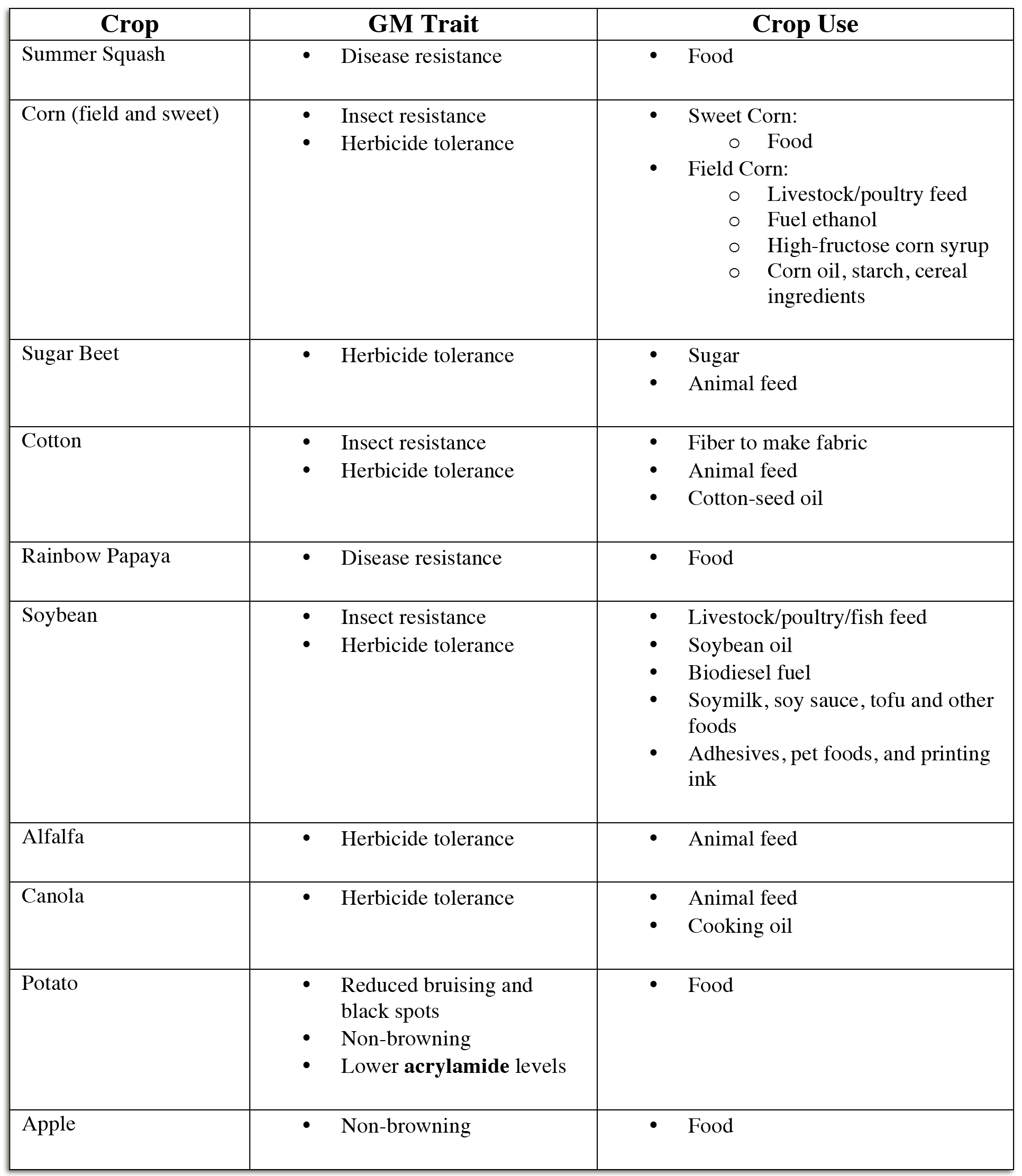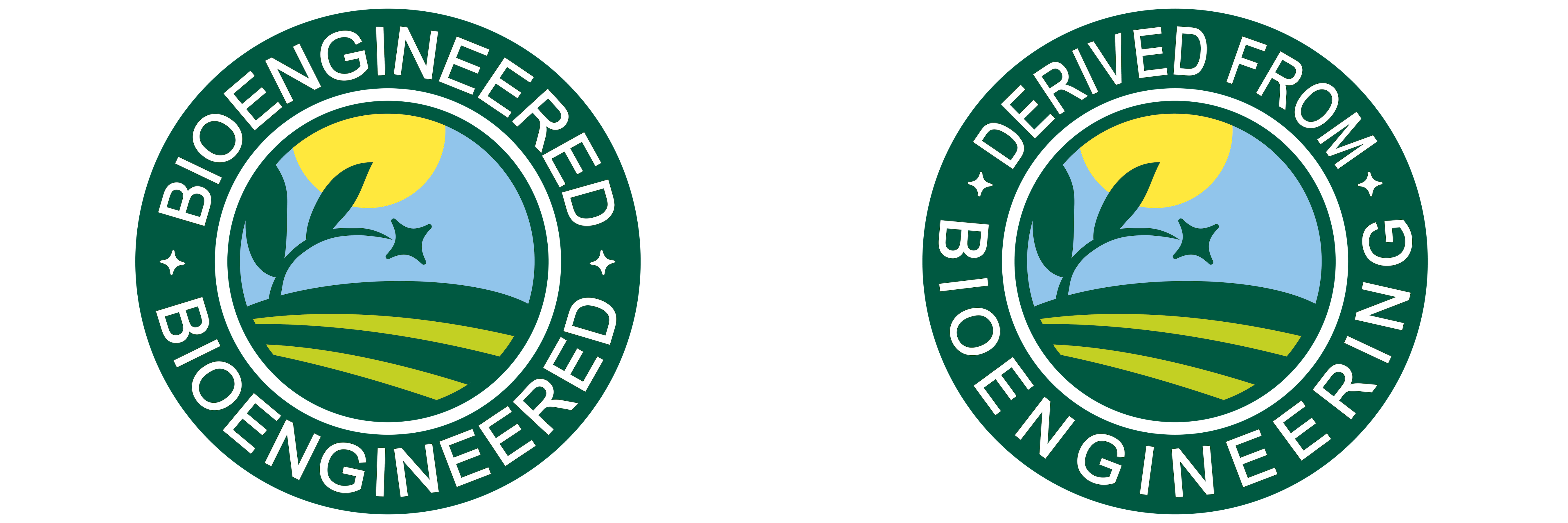Evaluating Perspectives About GMOs
While many view bioengineered crops (GMOs) as a promising innovation, there is controversy about their use. This lesson provides students with a brief overview of the technology, equipping them with the ability to evaluate the social, environmental, and economic arguments for and against bioengineered crops (GMOs). This lesson covers a socioscientific issue and aims to provide students with tools to evaluate science within the context of social and economic points of view.

Background
Lesson Activities
Recommended Companion Resources
Credits
Author
Andrea Gardner | Minnesota Agriculture in the Classroom and National Agriculture in the Classroom Organization (NAITCO)
Acknowledgements
Ann Butkowski, science teacher at Humbolt High School in St. Paul, MN wrote the original lesson for the Minnesota Agriculture in the Classroom program in 2013. The lesson was rewritten and updated in 2016 by National Agriculture in the Classroom.
The Critically Thinking GMOs worksheet was developed using the concepts taught in the NSTA publication of Making Critical Friends, written by Sara Raven, Vanessa Klein, and Bahadir Namdar.
Sources
- Recent Trends in GE Adoption | USDA Economic Research Service
- GMOs and Pesticides: A Match Made in Heaven? | Science in the News, Harvard University
- GLP Infographic: International Science Organizations on Crop Biotechnology Safety | Genetic Literacy Project
- 87% of Consumers Globally Think Non-GMO Is 'Healthier' | FoodNavigator-USA
- Mutagenesis as a Tool in Plant Genetics, Functional Genomics, and Breeding | International Journal of Plant Genomics
- The Nature of GMOs | Food and Agriculture Organization of the United Nations
- History of Genetic Engineering | Wikipedia
- Flavr Savr | Wikipedia
- U.S. Regulation of Genetically Modified Crops | Federation of American Scientists
- Biotechnology FAQs | U.S. Department of Agriculture
- Mythbusting 101: Organic Farming > Conventional Agriculture | Scientific American
- Organic Food Industry Explodes as Consumer Demand Spikes | EcoWatch
- Evolving Understanding of the Evolution of Herbicide Resistance | Pest Management Science
Standards
National Content Area Standards
- Career & Technical Education
- AFNR (Grades 9-12): Biotechnology Systems Career Pathway
- BS.03.01: Apply biotechnology principles, techniques and processes to create transgenic species through genetic engineering.
- BS.03.04: Apply biotechnology principles, techniques and processes to enhance plant and animal care and production (e.g., selective breeding, pharmaceuticals, biodiversity, etc.).
- AFNR (Grades 9-12): Biotechnology Systems Career Pathway
- Social Studies – Geography
- APHG Topic 5.11: Challenges of Contemporary Agriculture
- IMP-5.B.1: Agricultural innovations such as biotechnology, genetically modified organisms, and aquaculture have been accompanied by debates over sustainability, soil and water usage, reductions in biodiversity, and extensive fertilizer and pesticide use.
- APHG Topic 5.11: Challenges of Contemporary Agriculture
- Health/Nutrition
- Health Standard 2: Analyze the influence of family, peers, culture, media, technology, and other determinants on health behaviors.
- 2.12.6: Evaluate messages conveyed in media, social media, and technology (e.g., television, movies, video games, advertisements, apps, and other screen time) to determine their influence on health behaviors.
- Health Standard 2: Analyze the influence of family, peers, culture, media, technology, and other determinants on health behaviors.
- Social Studies – History
- NCSS 8 (Grades 9-12): Science, Technology, and Society
- Objective 4: Consequences of science and technology for individuals and societies.
- Objective 5: Decisions regarding the uses and consequences of science and technology are often complex because of the need to choose between or reconcile different viewpoints.
- Objective 7: Findings in science and advances in technology sometimes create ethical issues that test our standards and values.
- NCSS 8 (Grades 9-12): Science, Technology, and Society
- Science
- HS-ESS3: Earth and Human Activity
- HS-ESS3-4: Evaluate or refine a technological solution that reduces impacts of human activities on natural systems.
- HS-LS2: Ecosystems: Interactions, Energy, and Dynamics
- HS-LS2-7: Design, evaluate, and refine a solution for reducing the impacts of human activities on the environment and biodiversity.
- HS-ESS3: Earth and Human Activity



